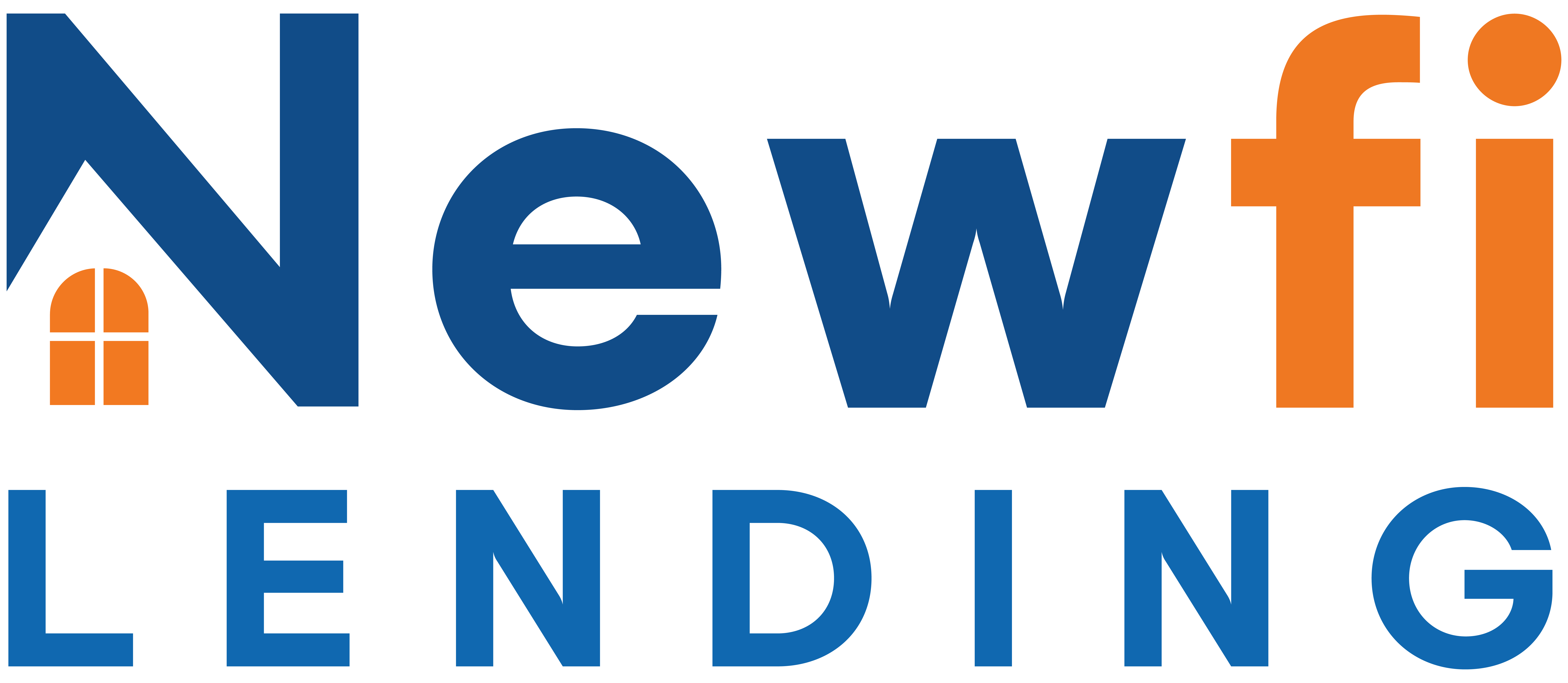Once plentiful, subprime loans seem to have disappeared. Where did they go?
In one sense, subprime loans have disappeared — and justifiably so, given the chaos they created during the mortgage crisis. Plus thanks to new lending laws like the Dodd-Frank Consumer Protection Act, you can’t get belly up to a broker, claim any income you like, and get a “liar’s loan” any more. No income, no assets? Then no mortgage for you.
But in other ways, subprime mortgages never went away — they just got renamed. Even during the depths of the housing crisis, there were loans for low credit borrowers. For marketing reasons, nobody calls these loans “subprime” any more — they use terms like “non-QM”, “non-prime” or “alt-A” loans. Nevertheless, they are still around, and you can get subprime mortgages if you look.
What is a subprime mortgage, anyway?
According to the CFPB, a subprime mortgage is simply defined as a mortgage offered to borrowers with weak or bad credit histories. These mortgages usually have a higher interest rate to make up for the extra risk incurred by the lender.
That’s all it is. A subprime mortgage does NOT have to be a risky or predatory loan — like, say, an adjustable-rate mortgage with a crazy teaser rate that explodes upward after a year. The essential thing is that a subprime loan is designed for borrowers with weak credit.
So what constitutes weak credit? Usually, it’s a result of some combination of these five factors:
- A low credit score (anything below 640 can be challenging)
- Negative “credit events” like a past bankruptcy, foreclosure, or short sale
- A history of late payments on important bills
- High levels of debt relative to regular income
- Low or hard-to-document income and assets
The more of these issues you have, the weaker your overall credit history, and the more likely your loan would be non-prime.
Are subprime loans still available?
Yes, home loans for low credit borrowers exist today. In fact, they have been expanding during just the last year, although credit standards are still much tighter than they were before the 2007 mortgage crisis.
One wrinkle is that many lenders don’t have subprime loans, and those that do don’t usually advertise it. As mentioned above, mortgage lenders usually call their subprime loans something else, like “non-QM”, “non-prime” or “alt-A” loans — and even then, they rarely tell consumers up front that this is something they offer.
So how do you find a subprime mortgage lender? Basically, you approach a lender and see what happens. At Newfi, for example, we provide mortgages for credit scores as low as 580, but ultimately, we have to look at all factors of a borrower’s credit history to determine whether they are eligible for a loan.
Are subprime loans safe?
Today’s subprime loans are generally much safer, both for borrowers and lenders, than they were in the past. Since the mortgage crisis, subprime mortgages now have many fewer unorthodox features than they did in the bad old days.
For example, in the past, most subprime loans were adjustable rate mortgages, which got a lot of people in trouble during the Great Recession. Back then, when the crisis hit and credit shriveled up, it became impossible for borrowers to refinance at anything like the low “teaser” rates that they started with. Now subprime loans can be fixed rate mortgages, which are a lot safer for everybody.
It is now also very rare for mortgages to have other risky features that punished borrowers with weak credit histories, such as:
- Prepayment penalties
- Large “balloon” payments due at the end of the loan
- Negative amortization, which means permitting minimum payments that do not cover interest. When this is permitted, the loan’s principal can actually increase rather than decrease over time.
Credit review standards are also much tighter these days. The days of so-called NINJA loans (“no income, no job, no assets”) are no more. Lenders know that these types of loans are out of bounds, and are required to make sure borrowers have the ability and willingness to repay.
So subprime loans are now harder to get, but if you can get one, they are generally much less risky than before. As always, make sure you read the fine print on your loan — the CFPB now requires lenders to provide standardized loan estimates and closing cost disclosures for every loan, to help you understand what you’re getting into.
How do I find a good mortgage lender for low credit borrowers?
As mentioned above, lenders now vary greatly in what they can offer, so if one lender turns you down, don’t get discouraged — just call another.
A word of caution: Just because loans and approval processes are generally safer these days, you can’t assume all lenders are the same or that they have your best interests at heart. Look at customer reviews as one way to see whether you are dealing with a reputable lender. These reviews are now plentiful all over the Internet, on SocialSurvey, Yelp, Google, and many other locations. (Here are Newfi’s customer reviews for comparison.)
Now, if you have credit issues, it might not be something you can turn around in a month. In fact, you may have to come up with a one or two-year plan to fix your credit in preparation for a mortgage. But the sooner you understand what the problems are and figure out what to do about it, the better.
What would go into your homemade credit repair plan? The standard advice includes:
- Check your credit reports for errors and missing data.
- Pay your bills on time.
- Don’t overextend your credit.
- Reduce debt relative to income (which can mean pay off debt or increasing your income).
- Keep your credit inquiries to a minimum.
We recommend you take a look at our list of tips on how to improve your credit score and look for easy things to do. The sooner you get started, the quicker you can start working on your credit.
How can I get a subprime loan or other bad credit mortgage?
This may sound a little crazy, but even if you don’t think your credit is in shape to qualify for a loan, the first thing you should do is talk to an experienced and licensed loan officer.
There are two reasons to seek out a mortgage professional before you do anything else:
- They are trained to help you. Mortgage advisors are trained to look at your big financial picture and quickly identify the issues that might prevent you from getting a loan. Once you know what you’re missing, you can put together a plan to patch up the gaps in your credit history. Remember, talking to a loan officer — any loan officer — is free. There’s no obligation to borrow until the day your loan is finally closed. So go ahead and talk to them! They want to help you qualify, not turn you down.
- They might have something for you now. Even if you were rejected recently, lending standards have been slowly loosening up in the past year. Mortgage professionals might already have a loan you can qualify for now, which means you don’t have to wait to apply.
When talking to a mortgage professional, be direct and honest about your credit history. Lenders will know if they have mortgage options for low credit right away, and that way, you don’t waste anybody’s time.
How can I get more information from Newfi?
Newfi has helped many borrowers achieve homeownership by overcoming issues with their credit history, such as late payments, bankruptcy, or foreclosure. Talk to us at Newfi Lending. We’ll review your situation and see if we can help. You can call us at 888-316-3934 or use our contact form.

